These two mannequins will occupy the passenger seats on NASA’s first Artemis mission this summer, an uncrewed trip that will pave the way for astronauts to safely travel to the vicinity of the Moon and back to Earth.
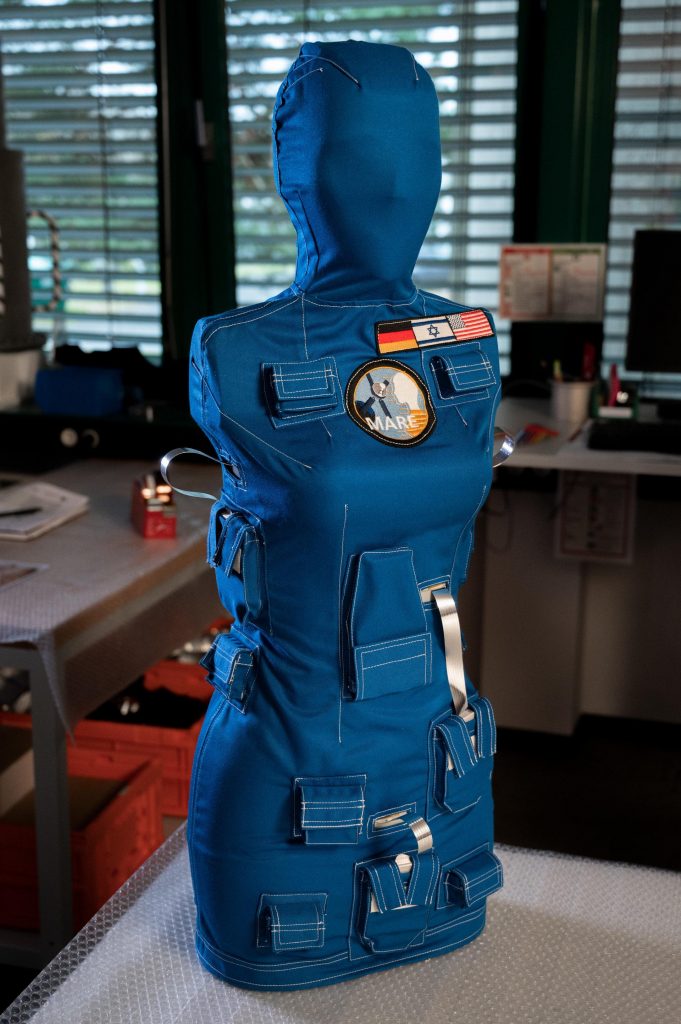
Helga and Zohar left Germany on a plane and are on their way to the NASA Kennedy Space Center, in Florida, where the German Aerospace Center DLR will hand them over for integration before launch.
The European Service Module – the powerhouse that will supply the Orion spacecraft with propulsion, electricity, thermal control, air and water – will propel the dummies farther than any human has ever gone before. Once the so-called phantoms fly past the Moon, they will be almost half a million kilometres away from Earth.
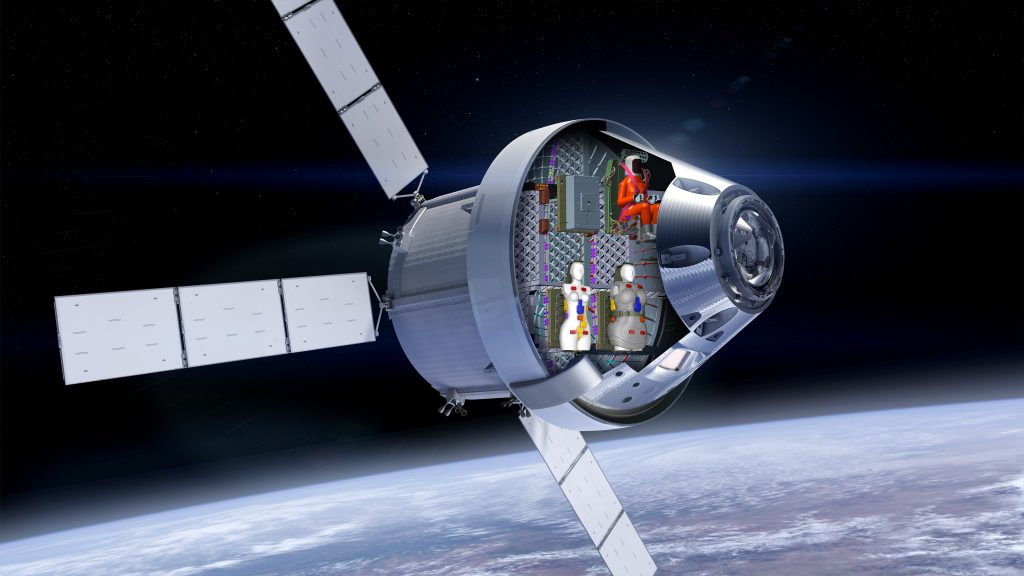
Cosmic radiation is considered to be the main health hazard for humans on exploration missions. Far away from the protection of Earth’s magnetic field, the radiation doses could be up to 700 times higher than on our planet.
Radiation alert
Two sources of radiation are of concern: galactic cosmic radiation from outside the galaxy and the unpredictable but virulent charged particles coming from our own Sun.
Cosmic radiation is always there, and it is also the main source of radiation for increasing the crew’s risk of cancer in missions to the Moon and Mars. The solar events deliver a high amount of radiation in a short period of time, leading to radiation sickness, with symptoms such as nausea and fatigue.
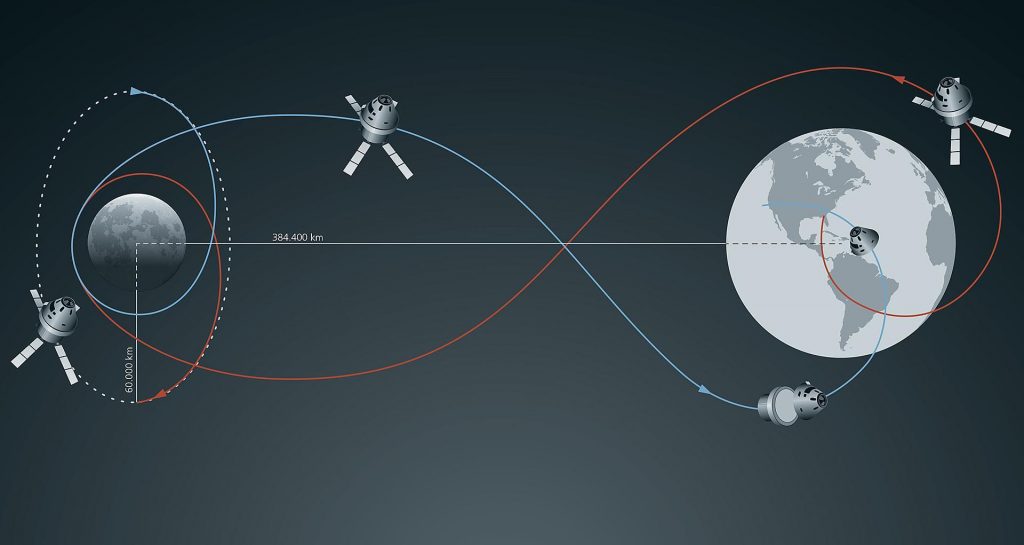
These energetic particles can pass through metals and plastic, and hit human cells. Helga and Zohar will navigate two periods of intense radiation within the first few hours of launch, and again back to Earth, when travelling through the two giant donuts of radiation, called the Van Allen Belts, that surround our planet.
“The pair will allow us for the first time to measure with unprecedented precision the amount of radiation astronauts are exposed to during lunar trips,” explains Thomas Berger, lead scientist of the Matroshka AstroRad Radiation Experiment (MARE) at DLR.
The mannequins are not alone in their mission. To get the whole radiation picture and help protect humans for missions to the Moon and beyond, the Artemis I flight test carries a host of instruments and experiments aboard.
Female sensitivity
The radiation sisters that will endure the radiation dose of a lunar flyby simulate female torsos. The mannequins are 95 centimetres tall, weigh 36 kilograms and are made up of 38 slices of plastic that mimic the density of bones, muscles and organs. Similar dummies are used in hospitals to quantify the right dose of radiation for cancer therapies.
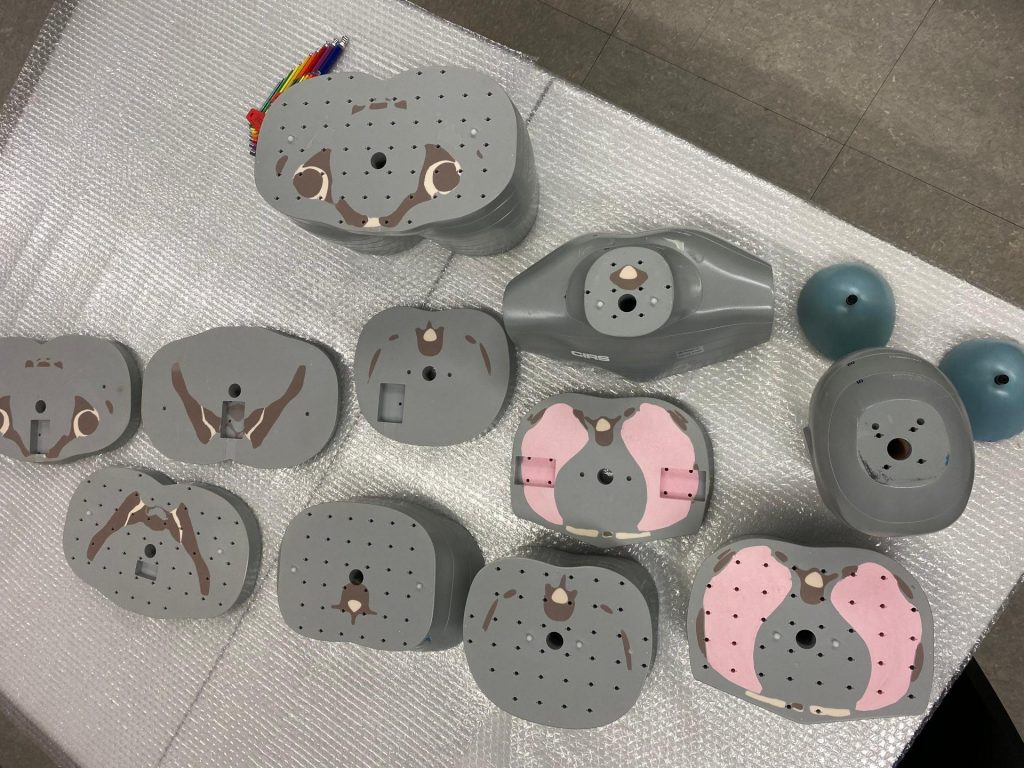
“We chose female phantoms because the number of women flying to space is increasing, and also because the female body is typically more vulnerable to radiation. When it comes to the harmful effects of space radiation, breasts and ovaries have a greater risk to develop cancer,” says Thomas.
Around 5600 tiny crystals are equally distributed within each phantom in the most radiation-sensitive areas of the body – lungs, stomach, uterus and bone marrow. These crystals are able to store ionising radiation and help map its impact inside the human body.
While thousands of passive dosimeters will record the radiation dose from launch until return to Earth, a set of 34 battery powered detectors will map the radiation dose both on the phantoms’ skin and internal organsin five minute intervals over the whole mission.
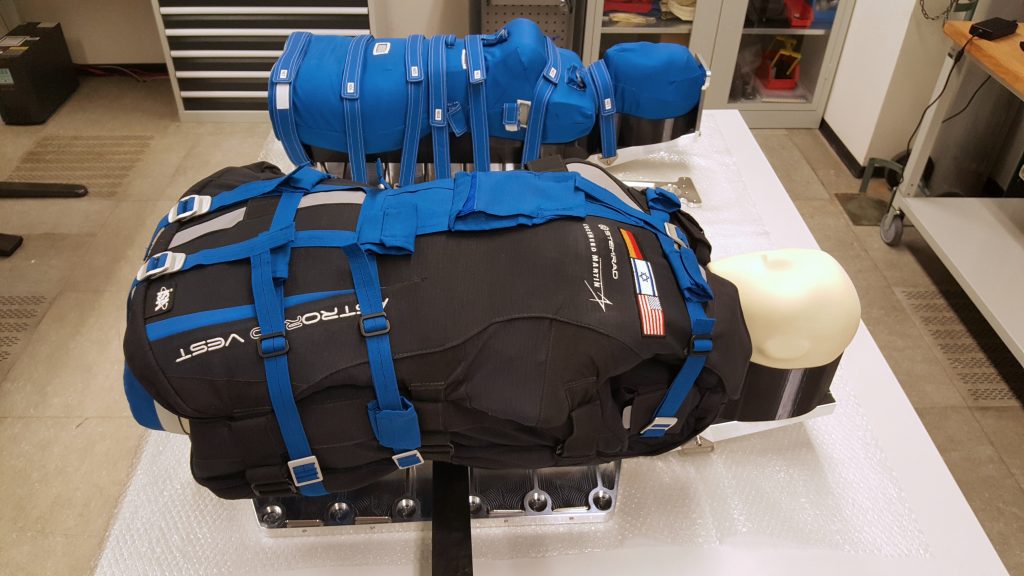
The main difference between the twin dummies is that Zohar will be wearing a radiation protection vest, called AstroRad, while Helga will not.
Made of polyethylene to better block harmful protons, the vest will fully cover Zohar’s body. Comparing the radiation dose she receives with that of unprotected Helga, scientists aim to understand how to better protect future crews.
Ready for launch
NASA teams will welcome the 350 kg worth of mannequins, tailored seats and vest for integration into the Orion capsule. A few weeks before launch, the DLR team will assembly Helga and Zohar before handing them over for integration into the Orion spacecraft.
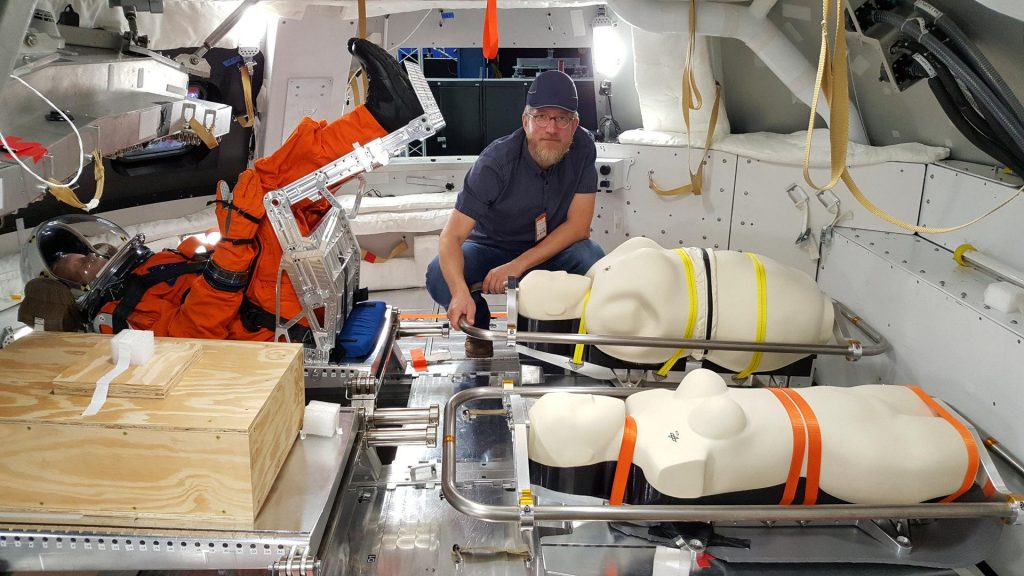
A large team of scientists from space agencies and universities from all over the world are part of the Matroshka AstroRad Radiation Experiment, an international effort including the German Aerospace Center, the Israel Space Agency and NASA.
“This experiment shows that science brings people together,” adds Thomas. Scientists will have to wait 30 days after splashdown to have Helga and Zohar back. The second part of the mission – extracting the data from the thousands of sensors for analysis – will then begin.

 Automated Transfer Vehicle page
Automated Transfer Vehicle page ATV blog archive
ATV blog archive
Discussion: 4 comments
yo mam
Is there a radiological human unit in the radiation shelter area in the storage compartment under the seats?
Why have we not seen the results from the recordings? It would be interesting to see what the results were. The China mission recorded 60mSv/hr on the moon surface.
Cheers
Brian
ESA/DLR will publish the recorded data in line with he international agreement we have for this type of data exchange. Currently the data is being validated and reviewed which needs to take place before anything can be published. Note that the data you mention was recorded was based on data from the LND instrument on the Chinese Chang E4 mission (from the far side of the Moon) that was recorded in the beginning of 2019 and the relevant publication was published in “Science Advances” in September 2020, patience please, all will be revealed! 🙂